HERB RITTS REVISITED
By Eveline Morel | October 7th, 2012 | Category: L.A. Art & Culture | Comments Off on HERB RITTS REVISITEDOnce you develop your own style, you know when you’re able to give your best. Feeling at home is part of it, and I don’t think that’s an L.A. thing. It’s a matter of the environment and of what affects you.
– Herb Ritts
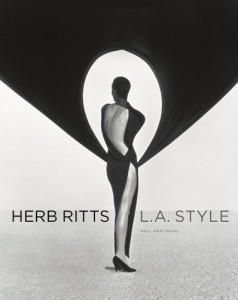 Everyone who’s been in touch with mass culture during the 80s and 90s has undoubtedly seen a Herb Ritts photograph. Between the hundreds of magazine covers, music videos, TV commercials, fashion photographs, and celebrity portraits, his ubiquitous iconic images and commercials have been interwoven into our culture.
Everyone who’s been in touch with mass culture during the 80s and 90s has undoubtedly seen a Herb Ritts photograph. Between the hundreds of magazine covers, music videos, TV commercials, fashion photographs, and celebrity portraits, his ubiquitous iconic images and commercials have been interwoven into our culture.
His recent show at the Getty Museum, “L.A. Style” (now showing at the Cincinnati Art Museum), examines his profound influence on American photography and pop culture. It’s also a poignant reminder for Angelenos to remember that he put L.A. on the photographic map as a premier fashion shoot destination, and as a new birthplace for cultural icons during the 80s. His trademark style, fusing stark aesthetic, natural treatment of subjects, and preference for natural light and outdoor locations not only distinguished him from the other New York-based photographers, but also became a rite of passage for any celebrity seeking to solidify their stardom in print.
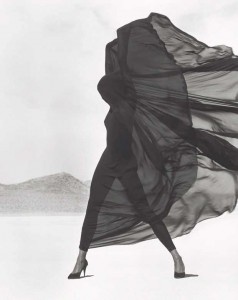 Herb Ritts brought back a new, modern kind of glamour to Hollywood, creating iconic portraits that are timeless, yet modern. Whereas the Hollywood celebrity portraits of the 70s and 80s favored elaborate lighting and makeup in very staged settings, his anti-glamour portrait style made his celebrity subjects look beautiful, yet natural, capturing the essence of their personalities. As shown by his black-and-white portraits of Madonna, Richard Gere, Britney Spears, Mel Gibson, Glenn Close, he artfully blends honest portrayal and stark aesthetic to create strong, memorable images that connected celebrities to their fans in a way that was unique, before the days of Twitter and 24/7 reality shows.
Herb Ritts brought back a new, modern kind of glamour to Hollywood, creating iconic portraits that are timeless, yet modern. Whereas the Hollywood celebrity portraits of the 70s and 80s favored elaborate lighting and makeup in very staged settings, his anti-glamour portrait style made his celebrity subjects look beautiful, yet natural, capturing the essence of their personalities. As shown by his black-and-white portraits of Madonna, Richard Gere, Britney Spears, Mel Gibson, Glenn Close, he artfully blends honest portrayal and stark aesthetic to create strong, memorable images that connected celebrities to their fans in a way that was unique, before the days of Twitter and 24/7 reality shows.
Growing up with Richard Gere and next door to Steve McQueen, he developed a familiar ease and relaxed demeanor with famous people, allowing him to create a trust relationship with his photographic subjects. He succeeded in persuading them to accept being portrayed in unexpected ways: adding whimsical touches (like the Mickey ears in Madonna’s portrait), taking a personal detail and transforming it into an emblematic symbol (for example, Elizabeth Taylor’s eye and diamonds), or spoofing their public personae and “playing themselves.” His portraits rendered his subject’s celebrity a subset of the total image, not as the reason for the image.
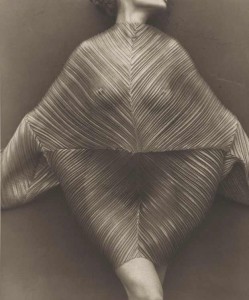 Ritts succeeded in capturing celebrities in their pop culture moment, creating iconic portraits whose memorable imagery is striking and aesthetically pleasing, without sliding out of the mind. His black-and-white natural imagery contrasted with the neon tones, heavily-sprayed-and-colored hair, and shoulder pads of the 80s. Blurring the lines between fine art and commercial photography, his work was characteristic of the synergistic union between art, popular culture, and business that followed the Pop Art movement of the 1960s and 1970s.
Ritts succeeded in capturing celebrities in their pop culture moment, creating iconic portraits whose memorable imagery is striking and aesthetically pleasing, without sliding out of the mind. His black-and-white natural imagery contrasted with the neon tones, heavily-sprayed-and-colored hair, and shoulder pads of the 80s. Blurring the lines between fine art and commercial photography, his work was characteristic of the synergistic union between art, popular culture, and business that followed the Pop Art movement of the 1960s and 1970s.
Using models before the age of the supermodel, he often shot his own personal projects at the end of commercial shoots, using the same location and props. Dissatisfied with the available color processing techniques, he stuck to black-and-white predominantly. His technique, mostly self-taught, fused strong composition and line and used the body as inspiration, treating it in a modern, yet classical sense. Using natural light predominantly, he shot mostly between 3 to 6 p.m., when the strong light creates definite lines and shadows, and a sense of warmth.
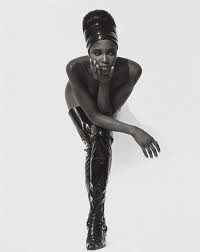 In addition to the hundreds of magazine covers and celebrity portraits, Ritts directed 15 music videos and over 50 TV commercials. They are perfect examples of how well he bridged the gap between art and consumer culture, between selling a product and creating a timeless work of art that inspires. As Anna Wintour says in the catalogue, “Ritts wasn’t as interested in the clothes as he was in the texture of the skin.” Shot in black-and-white, all the elements are pared down to the basics: simplicity of line, pureness of composition, play of dark and light, contrast between strength and vulnerability, strong visual focus, ambience and texture.
In addition to the hundreds of magazine covers and celebrity portraits, Ritts directed 15 music videos and over 50 TV commercials. They are perfect examples of how well he bridged the gap between art and consumer culture, between selling a product and creating a timeless work of art that inspires. As Anna Wintour says in the catalogue, “Ritts wasn’t as interested in the clothes as he was in the texture of the skin.” Shot in black-and-white, all the elements are pared down to the basics: simplicity of line, pureness of composition, play of dark and light, contrast between strength and vulnerability, strong visual focus, ambience and texture.
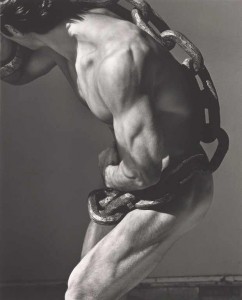 The commercials are lasting works of art: white shirts, faded jeans, tanned skin; bodies flecked with grains of sand, veiled in sheer fabric, or reflective with water droplets. Clean, sans artifice, perfect, and just a little undone. Timeless, yet totally current, the images are read and felt instantaneously, creating a strong visual and emotional impact.
The commercials are lasting works of art: white shirts, faded jeans, tanned skin; bodies flecked with grains of sand, veiled in sheer fabric, or reflective with water droplets. Clean, sans artifice, perfect, and just a little undone. Timeless, yet totally current, the images are read and felt instantaneously, creating a strong visual and emotional impact.
Herb Ritts revolutionized fashion photography, modernized the nude, transformed celebrities into icons, and brought about the supermodel era. Very much an image maker for our time, his imagination and practiced eye translated our culture’s dreams and aspirations into strong, memorable images. He used his camera not just to capture a moment in time, but to give that moment a reason to exist.








